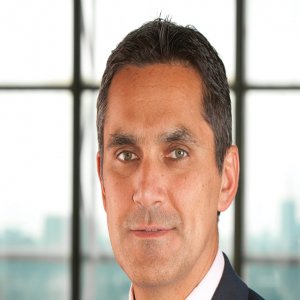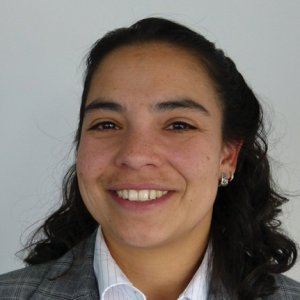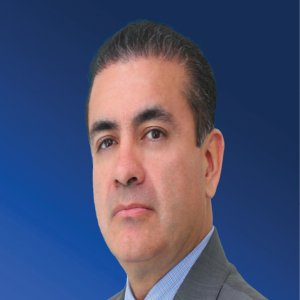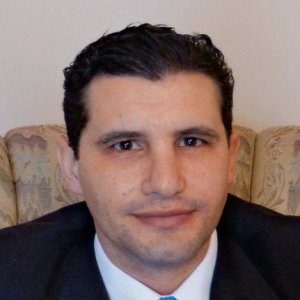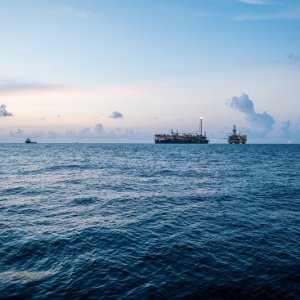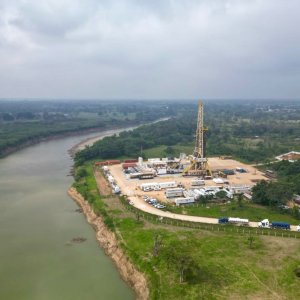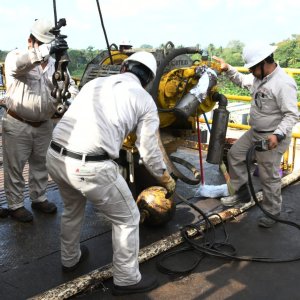Modernizing Reservoir Management through RCAA

STORY INLINE POST
The RCAA® analysis, which stands for Reservoir Competency Asymmetric Assessment®, is an integral process of reservoir diagnostics trademarked by Quantum Reservoir Impact (QRI). It implements crossreferenced factors such as formation properties, production histories and logs, geologic attributes, and details pertaining to well design the formation of production among other factors. This allows it to provide a consulting service for reservoir management that can include technology selection and the elaboration of an implementation strategy, which was the basis for the success of RCAA® in Akal. This approach is not only being applied in Cantarell, but across PEMEX’s marine assets, including Ku-Maloob-Zaap.
Nansen Saleri, President & CEO of QRI, refers to RCAA® analysis as a “state-of-the-art diagnostic process.” QRI’s involvement in PEMEX’s shallow water activities are explained by Saleri as a means of staying closer to the expected cornerstone of PEMEX’s production strategy during the coming decades. “Currently and for the next five years, the number one factor that anchors PEMEX’s production is the Northeast Marine Region which accounts for 1.3 million b/d, or roughly 50% of its total output.”
“Over the next decade, it has to play a significant role in maintaining and increasing PEMEX’s production and maintaining its resource base. Last year was a terrific year for the Northeast Marine Region, as it achieved a 110% reserves replacement rate. This can serve as a model for the rest of the company for years to come,” says Saleri.
The main benefit of RCAA® analysis for marine assets, as explained by Saleri, is the modernization of reservoir management practices and mindsets: “The secret of RCAA® is using principles of modern reservoir management through proper diagnostics to optimize production. With continued efforts to enhance reservoir management and the sustainment of the technological programs and capital programs, I think that the Northeast Marine Region is going to be a significant part of PEMEX’s production outlook for years to come. It is going to play a major role in the 3 million b/d target.”
Saleri is sure that successful reservoir management can lead Mexico to one day adopt and follow the Saudi Arabian standard of reaching a 70% recovery rate. “Everything starts by setting goals. What happened in Saudi Arabia started over a decade ago when the company adopted best-in-class reservoir management practices, and with the adoption of these practices came some specific goals. The goal of 70% was a direct consequence of that philosophy, which was a general number that varied by field and cannot apply to every field. The first part for PEMEX is the establishment of a long-term goal. I believe 60% to 65% is realistic and achievable. The second part is to have a very clear resource replacement strategy. A company like PEMEX should aim for no less than 100% on an annual basis, which is the same template that was used in Saudi Arabia. These are not visionary numbers, they are very feasible technically. But vision by itself does not bring oil from 10,000ft underground to the surface. It takes a lot of hard work and extremely good planning, execution, and commitment of resources.”
